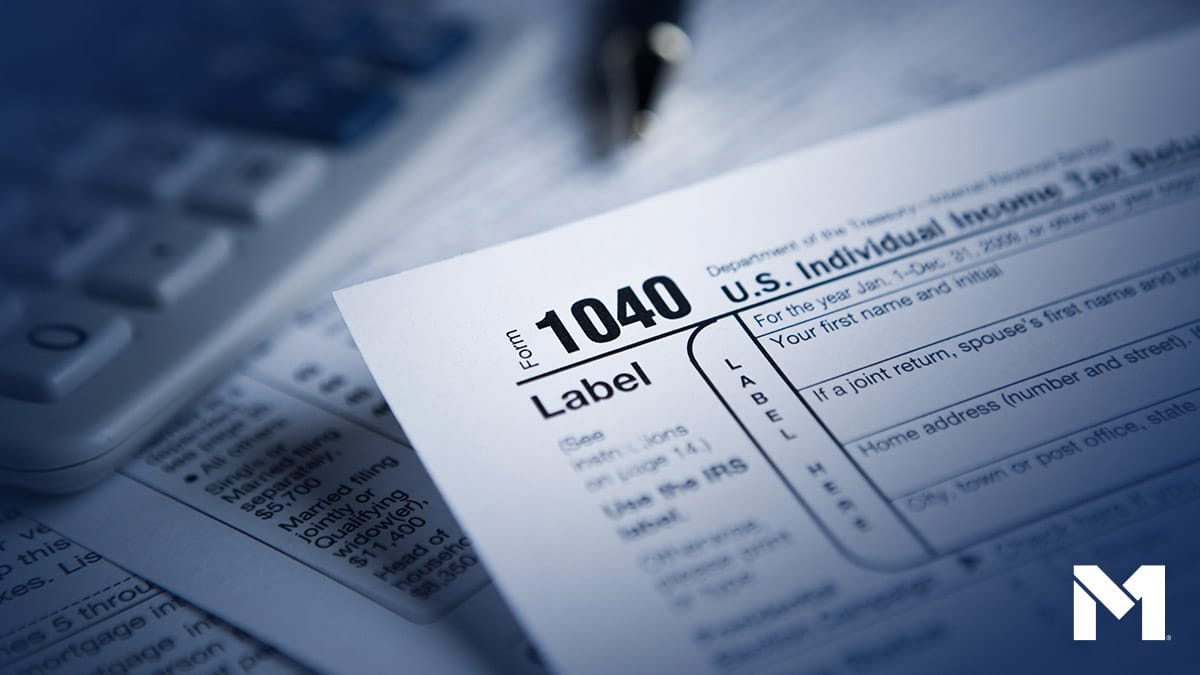What is the SALT deduction? State and local tax deduction explained

As tax season approaches, many are starting to think about the various deductions they can take. In this article we’ll discuss the state and local tax deduction (SALT). For tax year 2023, the SALT deduction allows taxpayers to reduce their federal taxable income by up to $10,000 ($5,000 for married couples filing separately) by deducting certain estimated and paid state and local taxes.
The deduction will be itemized on Schedule A of Form 1040.
To use the SALT deduction, you must itemize your deductions, as opposed to taking the standard deduction. For the 2023 tax year, the standard deduction is:
- $13,850 for single filing status
- $27,700 for married, filing jointly
- $13,850 for married, filing separately
- $20,800 for heads of households
State local income tax, general sales tax, and property taxes are the few taxes covered by the SALT tax deduction. How much you can deduct is limited to the combined total for these taxes. However, it should be noted that you can either deduct local and state income taxes or local and state sales taxes; not both. You’ll have to make the distinction by checking box 5a on Schedule A of Form 1040.
SALT deduction for income tax
If you receive a Form W-2 from your employer, you can see what you’ve paid in state or local income taxes over the past year. Then, on your tax return, you can deduct state and local income taxes withheld from your wages during the past year. You can also deduct an estimate of state and local income taxes from years prior that were paid during the year.
Even if you are self-employed and don’t receive a W-2, you can deduct estimated state and local taxes from the tax year.
SALT deduction for sales tax
If you’d rather deduct sales taxes instead of income taxes, there are two main ways to calculate how much you can deduct. If you are diligent with keeping receipts and have collected a record of the sales taxes you’ve paid over the past year, you can use those to calculate the amount you can deduct.
Alternatively, since it could be unrealistic to hang on to receipts from all taxable purchases you’ve made in the last year, the IRS also offers a sales tax deduction calculator to help you figure out what you can deduct.
SALT deduction for real property taxes
You may be able to claim property taxes with your SALT deduction. In this case, taxes on property can be deducted if the taxes assessed were “levied for the general public welfare”.
In most instances, taxes assessed for local benefits or improvements aiming to increase property values would not be tax deductible. This refers to assessments for sidewalks, streets, sewer lines, parking facilities, or similar improvements. However, if local benefits taxes are for maintenance, repair, or interest charges related to those benefits, then you could take a tax deduction for the benefits taxes.
SALT deduction for personal property taxes
You can generally deduct taxes levied on personal property such as a boat or a car. If the tax is based only on the value of the property, and it’s charged annually (or even more frequently), the SALT deduction may cover it.
What is not included in the SALT deduction
There are a few exceptions for what can be claimed in the SALT deduction. The IRS says you can’t use the SALT deduction for the following:
- Federal income taxes.
- Social security taxes.
- Transfer taxes (such as taxes imposed on the sale of property).
- Stamp taxes.
- Homeowner’s association fees.
- Estate and inheritance taxes.
- Service charges for water, sewer, or trash collection.
Why is the SALT deduction capped at $10,000?
Prior to 2017, there was no cap. But in 2017, Congress passed the Tax Cuts and Jobs Act. As a way to fund some of the other programs in that law, Congress decided to limit the amount taxpayers could deduct with the SALT deduction. The cap is set to expire in 2025 but extending it continues to be a topic for debate in Congress.
Stay tuned for more resources like this one as we approach tax season. You can find more information on taxes in our help center and in the M1 Knowledge Bank.
This article is for educational purposes only and should not be taken as tax advice. Speak to a licensed tax professional for tax advice.
Disclosures:
All examples above are hypothetical, do not reflect any specific investments, are for informational purposes only, and should not be considered an offer to buy or sell any products. M1 does not provide any financial advice.
All investing involves risk, including the risk of losing the money you invest. Brokerage products and services are offered by M1 Finance LLC, Member FINRA / SIPC, and a wholly owned subsidiary of M1 Holdings, Inc.
20240210-3285352-10427648
